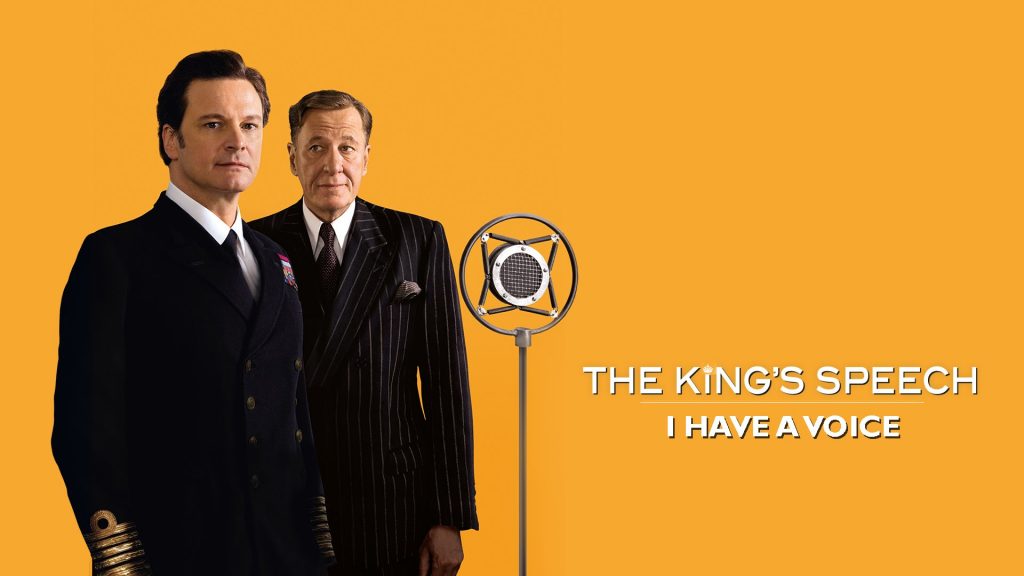6 Signs Someone Is Hiding Their Anxiety

Are you concerned that someone close to you may be hiding deep feelings of anxiety?
There are different types of anxiety, and different ways in which people experience it. For various reasons, some people with anxiety may choose and be able to conceal their struggles more than others.
This article is not intended to speculate who has anxiety in order to judge or assess others. Instead, this serves as a reminder that people may be going through more than they let on. It is important to treat everyone with kindness, empathy and understanding.
With that being said, here are 6 signs someone is hiding their anxiety.
1. Irritability and anger
People with anxiety tend to feel irritable. You might observe that they can be quite moody or testy, at times for no apparent reason. The source of this may not seem obvious or substantial to you— this could simply be a response to all of the worries brewing inside of them over time.
Anxiety can also escalate into anger, which is a natural, biological response to threat. Anxiety has the power to make even the smallest things seem like terrifying threats, triggering an anger response in some people. Outbursts of anger that feel incomprehensible to you may be rooted in deep anxiety (American Psychiatric Association, 2021; Diagnostic and Statistical Manual of Mental Disorders-5, 2013; Wiebe, 2020).
2. Overly conscientious
Anxiety can manifest itself in different forms and degrees of severity. For some people, anxiety can manifest in appearing almost overly conscientious, responsible, and meticulous.
These individuals may be the type to arrive extra early for appointments, well-dressed and not a hair out of place. The same can be said for their work—everything is always accomplished before the deadline, somehow with time to spare to assist others with their own work, tying loose ends left and right. If they are doing this to an unusually thorough extent, they could be concealing fears of failure, nervous energy, or disappointing others.
Furthermore, they could be struggling to live up to their own expectations, as people with anxiety may revert to criticizing themselves constantly (Cuncic, 2020; Wiebe, 2020).
3. Endless criticism
People with anxiety may apply strict criticism both to themselves and to the people around them. Excessive worrying can create a domino effect in one’s life, allowing a person to believe that not only are many things frightening and wrong, but also, so is everything they do. In their mind, things they do or say may lead to terrible outcomes, failure, rejection from others, and so on. It is the “and so on,” really, that accumulates and leads them to be hypercritical about their own actions. Eventually, this hypercriticism can extend to friends and family, as this rigid monitoring can make them feel, at least temporarily, that they have a semblance of control.
You may of course notice that people will start to distance themselves from this hypercritical behavior and its source—which will, in turn, add to their anxious feelings (Wiebe, 2020).

4. Codependency
As there are different types of anxiety disorders, there are also different fears to consider, including the fear of losing, disappointing, or being rejected by other people. This can result in codependency, or even being loyal to a fault. It is nice when our loved ones want to spend time with us and show concern for us. But anxiety can cause someone to cling to friends or partners to an unhealthy extent.
Do they call you or specific people in their life too frequently? Do they constantly need to know where you are and what you’re doing? They could be doing so in an attempt to calm their spiraling worries. People with certain types of anxiety may even refuse to leave their home without the person they fear to lose (American Psychiatric Association, 2021; DSM-5, 2013; Cuncic, 2020; Wiebe, 2020).
5. Unusually overbooked or under-booked social schedule
Once again drawing from a fear of losing or disappointing others, people with anxiety may have an unusually overbooked social schedule. This typically results from being unable to refuse others, for fear of displeasing them or driving them away from their life.
On the contrary, other individuals with anxiety may have an unusually under-booked social schedule, in that they rarely go out to socialize. They could be turning down invitations in order to avoid other kinds of worries, such as fears of humiliating themselves in public, fears of being trapped in certain spaces, or any number of phobias that they are going to great lengths to avoid (Cuncic, 2020).
6. Subtle, fidgety or restless body language
Anxiety can also make a person more restless and on edge. This can manifest in subtle fidgety actions and gestures, such as shifty or avoidant eye contact, knuckle cracking, lip biting, playing with hair or clothes, or even non-stop rambling.
Restless feelings can also turn into habits such as constantly finding something to keep them busy and their mind occupied (ex. being glued to their phone or a game there), or even pretending to listen to music in public to appear busy and calm restless nerves. (American Psychiatric Association, 2021; , Cuncic, 2020; DSM-5, 2013; My Anxiety and Me, 2021).
Concluding Remarks
Anxiety disorders are complex and varied. There are different types of anxiety disorders with similar, but not identical, sets of symptoms. Furthermore, anxiety can be experienced in varying degrees. As feeling a certain level of anxiety is normal, it is important to note that anxiety disorders are those that cause clinically significant distress or impairment, and in different aspects of life (DSM-5, 2013).
For these reasons, it is important to reach out to a professional for a full diagnosis. If you or anyone you know might be struggling with an anxiety disorder, please do not hesitate to reach out to a qualified mental health care provider.

References
Cuncic, A. (2020, November 18). What high functioning anxiety feels like. Verywell Mind. Retrieved from https://www.verywellmind.com/what-is-high-functioning-anxiety-4140198#what-it-looks-like.
Diagnostic and Statistical Manual of Mental Disorders: DSM-5. Washington, DC: American Psychiatric Publishing; 2013.
My Anxiety and Me. (2021, October 14). Ways That People Hide Their Anxiety. instagram.com. Retrieved from https://www.instagram.com/p/CWEHriFLy4I/.
What Are Anxiety Disorders? American Psychiatric Association. (2021, June). Retrieved from https://www.psychiatry.org/patients-families/anxiety-disorders/what-are-anxiety-disorders. Wiebe, J. (2020, June 17). Are you hiding anxiety behind these behaviors? Talkspace. Retrieved from https://www.talkspace.com/blog/hiding-anxiety-behind-behaviors/?__cf_chl_captcha_tk__=OXoATZylBCOZ65HyUhr2T9me4Jz4f1S6g02m6KanIOI-1637320401-0-gaNycGzNCpE.



Responses